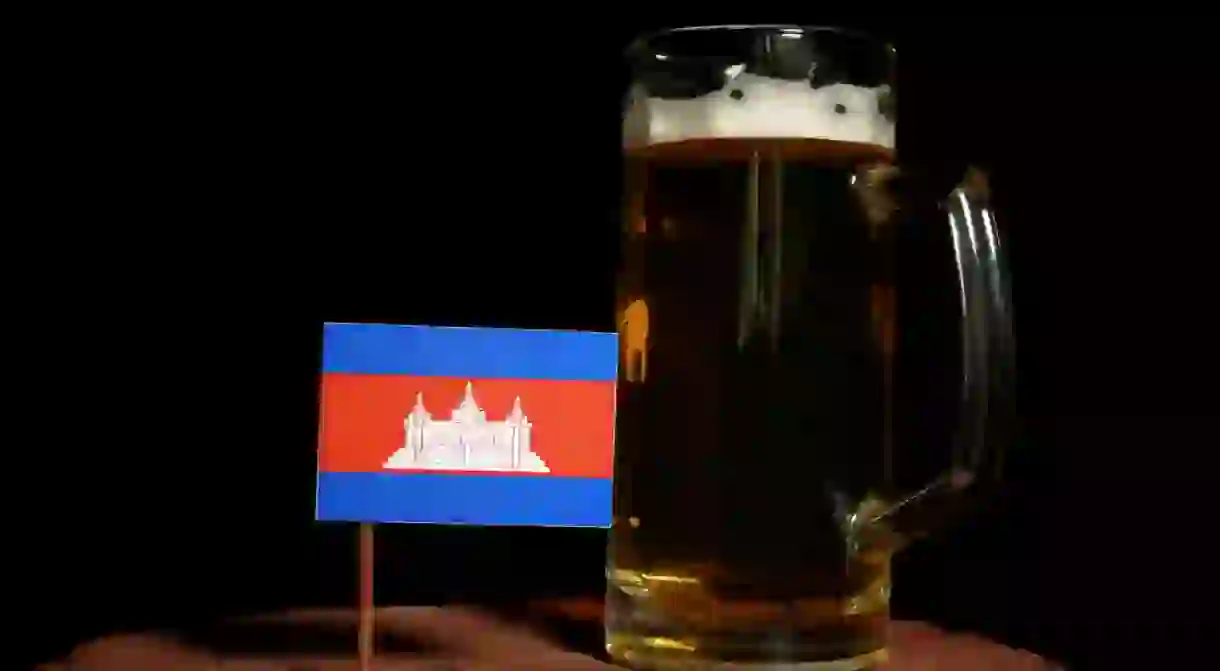10 Traditional Customs Only Cambodians Can Understand

Visitors to Cambodia can be left confused by the many customs that run strong throughout the country, but with a little help, travellers can avoid committing any possible faux pas or causing offence with ease.
Cheers
In most countries across the world, it’s custom to “cheers” in some form before sipping a drink. However, in Cambodia, it is taken to a whole new level. “Chul Mouy” means cheers in Khmer, and it is common for this to be relayed to every member sitting at a table before every swig is taken – on the plus side, the volume of cheers that takes place makes a drink last much longer.
Keep calm and carry on
Buddhism is the ruling religion in Cambodia, and people across the country practise its philosophies. By nature, Cambodians are gentle and will avoid anger, conflict and simmering tempers at all costs. Shouting, raising your voice and aggressive arguing will get you nowhere in the Kingdom because it causes loss of face, and may even lessen any chances of resolution. Remember to keep your calm, and a smile goes a mile.

Dress code
Cambodia is a relatively reserved country, and foreigners often cause offence by flashing too much flesh at inappropriate places, especially religious monuments. When visiting temples, palaces or other important sites, remember to wear clothing that falls below the knees and elbows.
Lose the shoes
Piles of shoes outside front doors is a common sight across Cambodia because it is considered polite to remove your shoes when entering someone’s house. This rule also applies to temples, where hats and other items that cover the head are expected to be taken off.
Know your head from your toes
The head is considered the most sacred part of the body, while the feet the least. Bearing this in mind, touching anyone on the top of their head is a no-go in Cambodia, while it is considered rude to point at the bottom of your feet at people and a definite no to monks and images or statues of Buddha.
How to say hello
Forget shaking hands or waving goodbye; in Cambodia, the sampeah is the usual form of greeting, which involves pressing the palms of the hands together in front of the chest, accompanied by a small bow. The more important the person, the higher the hands are on the body. For example, when greeting a monk, the hands would be placed at nose level, with a deeper bow.

Hand it over
Avoid handing anything with your left hand alone, with the polite way to pass objects being with both hands. Another way to politely pass things is to touch your right elbow with your left arm and hand over the item with your right hand.
Chopstick rules
After you’ve finished eating, make sure you leave the chopsticks together on top of the bowl. Chopsticks sticking vertically out of the bowl resemble the incense sticks that are burned for the dead; therefore, it is not seen as a good omen.
Dinner time
While western etiquette suggests eating quietly with a closed mouth is polite, Asia is the opposite, and the louder the lip-smacking, slurping and chewing, the more you are enjoying the meal. Blowing your nose during a meal is a big no-no, but making use of the toothpicks found on tables is common. It is polite to cover your mouth with your hand while doing this.
Women and monks
Women should not touch monks and vice versa, so if a female hands an offering, she should place it either on the monk’s receiving cloth for him to collect or within his reach. This rule should be noted when visiting temples.














